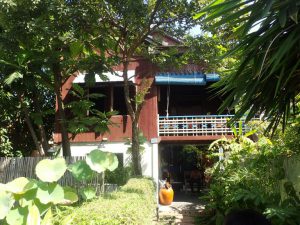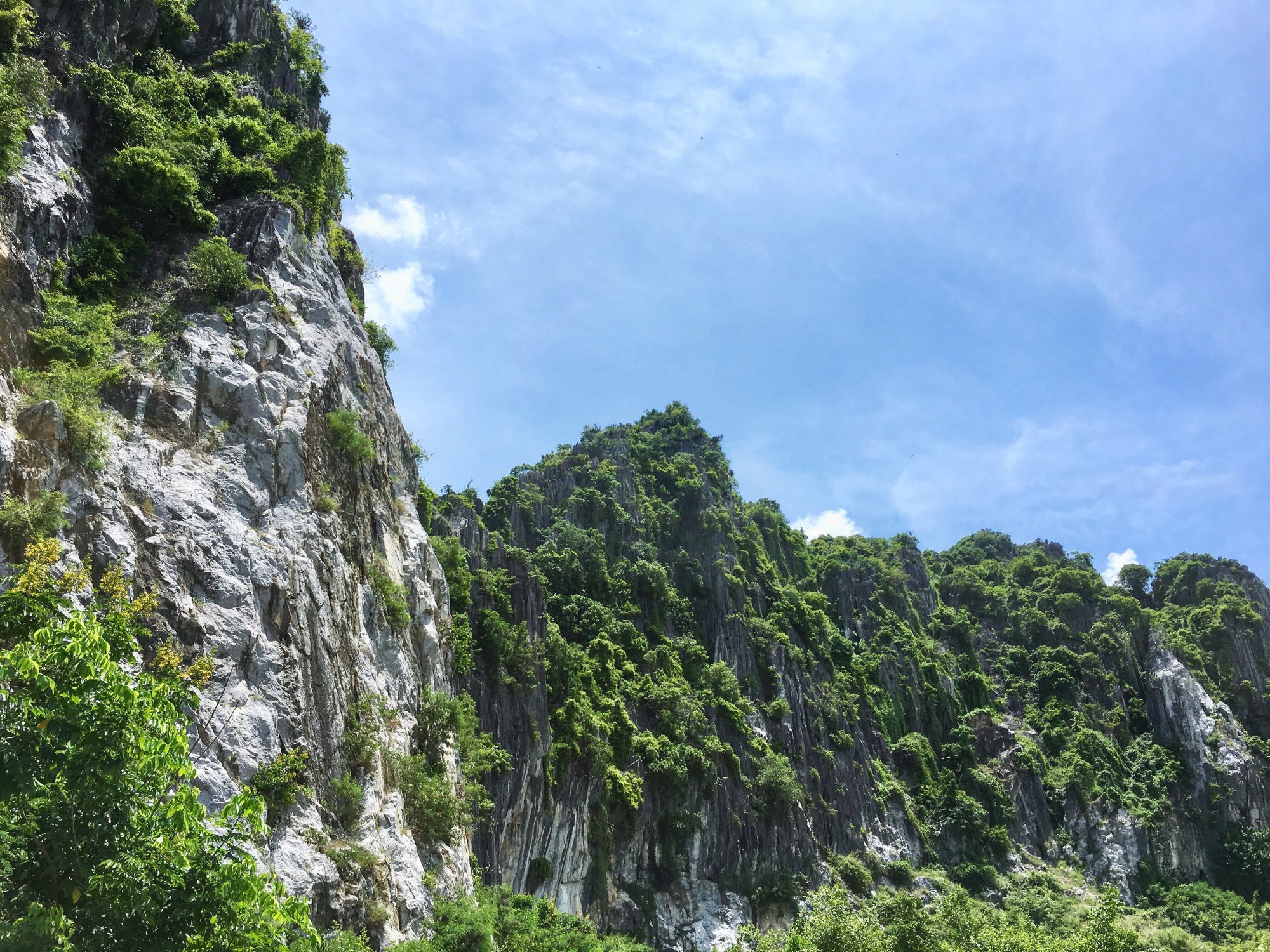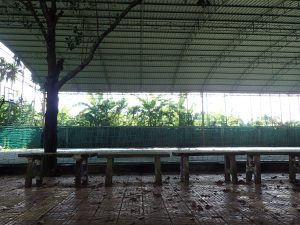
Second round, second exploration and that exploration is Traditional Foods. I’ve always loved food. To me, it is one of the best things in life. There have been times where I loved food so much to the point where I wanted to become a chef, so this exploration was really exciting for me. Evidently enough, the goal of this exploration was to learn about Khmer Traditional Food. But the main focus of learning about it was to find stories and specialties.
In first few weeks, we discussed and identified what traditional food is, looked at restaurants in Cambodia that cooks Khmer traditional food, and split into groups to send those restaurants an email about a visit, so that we can learn from them. There were many restaurants, about 6, but the restaurant I sent an email to was called Malis. Not all of the restaurants replied to everyone’s emails, but the restaurants that did were Mahob, Cuisine Wat Damnak, and The Sugar Palm. These restaurants were all in Siem Reap and they all cooked Cambodian/Traditional Khmer Food which was, as mentioned, our focus. Later on in the exploration, we would go on a four-day trip to Siem Reap to go to those restaurants.
Splitting into three groups that were based off photography, videography, and journalism was what we did after. I was in the journalism team with 3 other students and the rest were either in the photo team or the video team. The duty of each team is already told in their name; the photo team is responsible for photos, video team’s the same, but with videos, and the journalism team’s responsible for writing down information we gather. After splitting into groups, we needed to learn about photography and videography to prepare for the trip that we would go on two weeks after. Then the journalism team decided to set up a blog for our exploration. Then came the trip.

Four days to spend in Siem Reap. What would we do? Go to the restaurants and gather stories and information related Cambodian or Traditional Khmer Food of course. The first day, on our way to Siem Reap, we stopped at two places, A famous market in Kampong Cham, Skun and a shop on the side of the road that sold bamboo sticky rice. Stopping at those places gave us the chance to collect information and interview people. When we finally got to Siem Reap, we spent the evening going to a market near our hotel, Psar Krom. We split into groups and went to different parts of the market. My team interviewed a steamed pork bun seller and a porridge seller, both of the sellers each had their own uniqueness.

The next day, we went to a place that made rice noodles, a famous dish in Cambodia. Then we went to our first restaurant, Mahob. The name “Mahob” translates into food in Khmer which to me, indicates that it cooks Khmer food. We met with the owner who is also the head chef, got a tour of the kitchen and restaurant and interviewed the sous chef. The restaurant was quite nice and I could see its adaptation of Cambodian tradition.

Second to last day, third day, we spent our morning going to our second restaurant, Cuisine Wat Damnak. This restaurant is really different from the many restaurants that cook Cambodian/ Traditional Khmer Food because it’s run by a French Chef! And I was inspired because the way they cooked their food was really unique and cool. Since I was in the journalism team, I was responsible for writing about the places we went to and at the end of this blog, you can find the link to our blog which contains our products! Like the previous restaurant, we got a tour of the restaurant as well as the kitchen and we interviewed the chef. We spent the other half of the day at the hotel completing our duties, organizing our photos, videos, notes, and work on our products.

Our last day, fourth day, we went to our last restaurant, The Sugar Palm. This restaurant was also unique and different. It was run by a Cambodian woman who spent most of her life in New Zealand. When she came back to Cambodia, she found her love for Cambodian/Traditional Khmer Food and opened a restaurant. She used her family recipe for the food that they cooked which the public likes. She showed us the restaurant, kitchen, how to make one of their famous dishes, Amok and we got to interview her. Then we spent the half of the day traveling back to school.
The last few weeks of the exploration was spent finishing up our products. I really enjoyed being a part of this exploration because it taught me things that I didn’t know before, exposed me to a different part of the world, made me love my country’s food, and just inspired me. My perspective of one thing changed, too and that one thing is that Cambodian food and Traditional Khmer Food is two separate things, not one. What’s the difference you may ask? If you want to find out, then go visit our exploration’s blog and find the article about Cuisine Wat Damnak written by me! I included that in the Cuisine Wat Damnak article because the chef, specifically, was the one that changed my perspective and inspired me! Summing up, this was a great exploration and I had a lot of fun being in it and I also hope to be in another like this one again.
Exploration Blog: http://khmercuisine.ligeracademyblog.org
Note: The articles I wrote are titled “A Market of Diversity and Significance” (It’s about Skun) and “There aren’t 1000 ways to breathe, but there are 1000 ways to eat.” (It’s about Cuisine Wat Damnak). Thank you!



